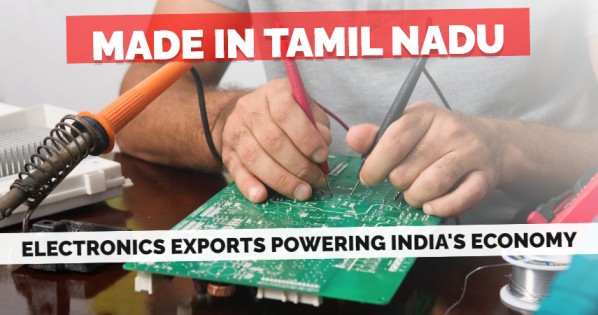Tamil Nadu’s electronics boom creates job opportunities for youth
From smartphones to circuits: Tamil Nadu thriving electronics industry Hold onto your motherboards, folks, because Tamil Nadu just dropped a record-breaking number! In December 2023 alone, this southern Indian state exported a whopping $1 billion… Tamil Nadu’s electronics boom creates job opportunities for youth









